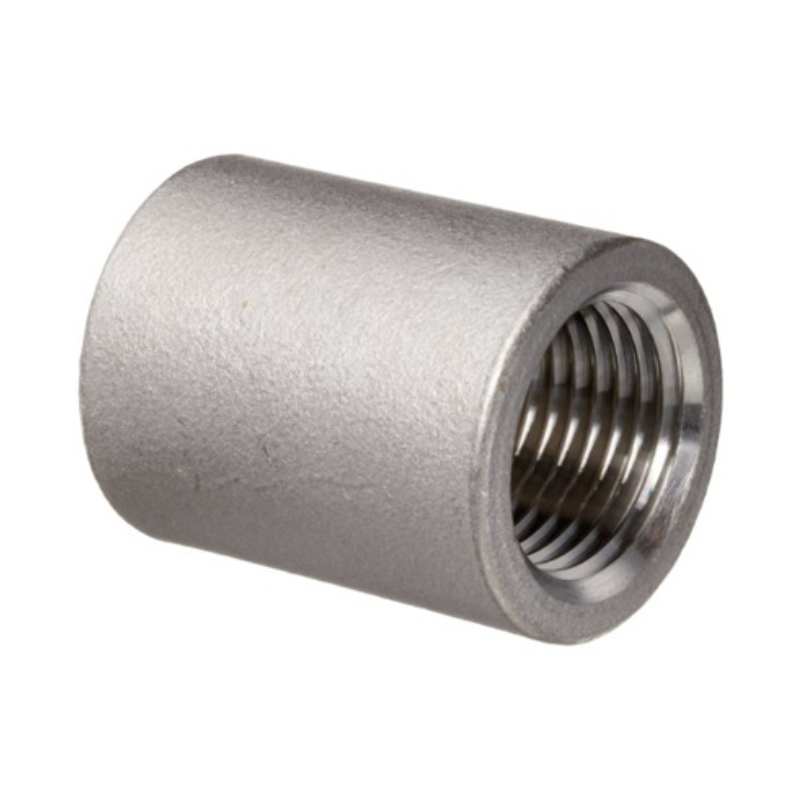-
Cangzhou Yulong Steel Co., Ltd.
-
Phone:
+86 13303177267 -
Email:
admin@ylsteelfittings.com
- English
- Arabic
- Italian
- Spanish
- Portuguese
- German
- kazakh
- Persian
- Greek
- French
- Russian
- Polish
- Thai
- Indonesian
- Vietnamese
- Zulu
- Korean
- Uzbek
- Hindi
- Serbian
- Malay
- Ukrainian
- Gujarati
- Haitian Creole
- hausa
- hawaiian
- Hebrew
- Miao
- Hungarian
- Icelandic
- igbo
- irish
- Japanese
- Javanese
- Kannada
- Khmer
- Rwandese
- Afrikaans
- Albanian
- Amharic
- Armenian
- Azerbaijani
- Basque
- Belarusian
- Bengali
- Bosnian
- Bulgarian
- Catalan
- Cebuano
- China
- China (Taiwan)
- Corsican
- Croatian
- Czech
- Danish
- Esperanto
- Estonian
- Finnish
- Frisian
- Galician
- Georgian
- Kurdish
- Kyrgyz
- Lao
- Latin
- Latvian
- Lithuanian
- Luxembourgish
- Macedonian
- Malgashi
- Malayalam
- Maltese
- Maori
- Marathi
- Mongolian
- Myanmar
- Nepali
- Norwegian
- Norwegian
- Occitan
- Pashto
- Dutch
- Punjabi
- Romanian
- Samoan
- Scottish Gaelic
- Sesotho
- Shona
- Sindhi
- Sinhala
- Slovak
- Slovenian
- Somali
- Sundanese
- Swahili
- Swedish
- Tagalog
- Tajik
- Tamil
- Tatar
- Telugu
- Turkish
- Turkmen
- Urdu
- Uighur
- Welsh
- Bantu
- Yiddish
- Yoruba

Nov . 29, 2024 14:18 Back to list
Weldable Steel Pipe Options for Construction and Industrial Applications
Steel Pipe for Welding A Comprehensive Overview
Steel pipes have become an integral part of various industries, primarily due to their versatility, durability, and strength. Among the numerous applications of steel pipes, welding plays a critical role, providing essential connections in structural, mechanical, and industrial systems. This article explores the key aspects of steel pipes for welding, including their types, advantages, applications, and welding techniques.
Types of Steel Pipes for Welding
Steel pipes can be classified into various categories based on their manufacturing processes and intended applications. The most common types include
1. ERW (Electric Resistance Welded) Pipes These pipes are made by rolling steel sheets and welding them along the seam using electric resistance. They have a high strength-to-weight ratio and are cost-effective, making them a popular choice for various applications.
2. SAW (Submerged Arc Welded) Pipes SAW pipes are produced by feeding a steel strip into a welding machine that creates a strong, continuous weld. They are typically used for larger diameters and are known for their high quality and durability.
3. Seamless Pipes Seamless steel pipes are manufactured without any seams or joints, offering excellent strength and resistance to pressure. They are ideal for high-stress applications such as oil and gas transmission.
4. Spiral Welded Pipes These pipes are produced by spirally welding a steel strip into a pipe shape. They are often used in large diameter applications and can resist high pressures.
Advantages of Using Steel Pipes for Welding
Steel pipes offer several advantages that make them ideal for welding applications
- Strength and Durability Steel pipes have high tensile strength, making them capable of withstanding harsh environmental conditions and heavy loads.
- Versatility They can be used in a wide range of applications, from construction to oil and gas industries, making them a versatile choice for engineers and contractors.
- Cost-Effectiveness Compared to other materials, steel pipes are relatively affordable, especially when considering their longevity and performance.
- Ease of Fabrication Steel pipes are easy to cut, weld, and shape, allowing for efficient fabrication and installation processes
.steel pipe for welding

Applications of Steel Pipes for Welding
Steel pipes are used in a multitude of applications, some of which include
- Construction Steel pipes are commonly used in building frameworks and support structures, ensuring structural integrity and safety.
- Oil and Gas In the oil and gas sector, steel pipes transport crude oil, natural gas, and other fluids, often deployed in challenging environments.
- Water Supply and Sewage Steel pipes are integral to water distribution systems and sewage infrastructure, delivering and managing water resources efficiently.
- Automotive Industry Welding steel pipes is essential in the automotive industry, where they are used for exhaust systems, frames, and other components.
Welding Techniques for Steel Pipes
Welding steel pipes requires specific techniques to ensure strong and durable joints. Common welding methods include
- MIG (Metal Inert Gas) Welding This process uses a continuous wire feed as an electrode and an inert gas to protect the weld from contamination. It is ideal for thinner steel pipes and offers high-speed welding.
- TIG (Tungsten Inert Gas) Welding TIG welding uses a non-consumable tungsten electrode and is known for producing high-quality, precise welds. It is suitable for both thin and thick pipes.
- Stick Welding This method uses a consumable electrode to create the weld. It is versatile and can be performed on rusty or dirty surfaces, making it suitable for outdoor applications.
Conclusion
Steel pipes for welding are essential in each segment of modern manufacturing and construction. From their diverse types and advantages to their broad applications and welding techniques, these pipes embody the strength and versatility inherent in steel. With ongoing advancements in manufacturing and welding technology, the future of steel pipes remains promising, ensuring their continued relevance in various industries.
Latest news
-
ANSI 150P SS304 SO FLANGE
NewsFeb.14,2025
-
ASTM A333GR6 STEEL PIPE
NewsJan.20,2025
-
ANSI B16.5 WELDING NECK FLANGE
NewsJan.15,2026
-
ANSI B16.5 SLIP-ON FLANGE
NewsApr.19,2024
-
SABS 1123 FLANGE
NewsJan.15,2025
-
DIN86044 PLATE FLANGE
NewsApr.19,2024
-
DIN2527 BLIND FLANGE
NewsApr.12,2024
-
JIS B2311 Butt-Welding Fittings LR/SR 45°/90° /180°Seamless/Weld
NewsApr.23,2024











